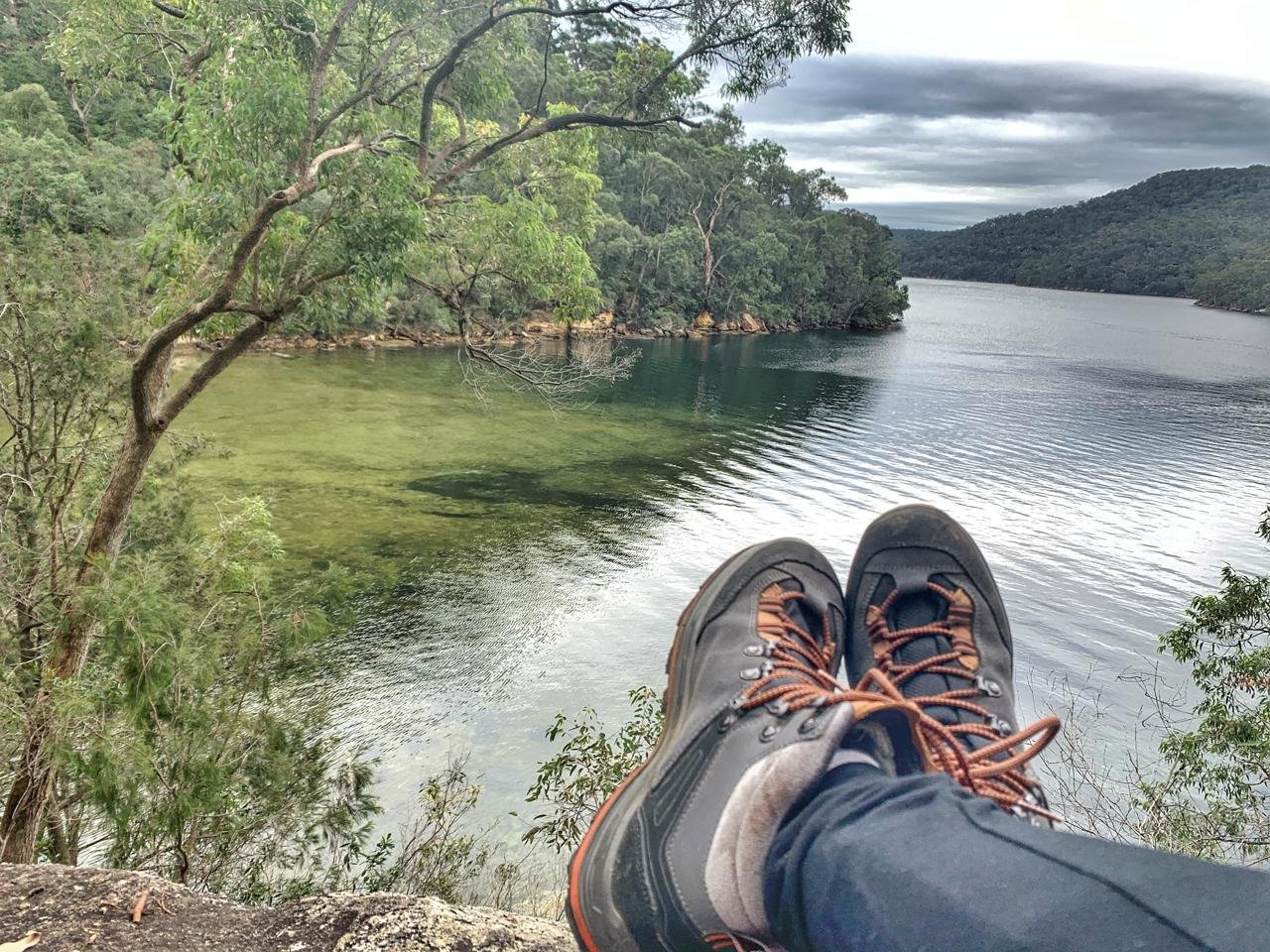How Long Is the Great North Walk? A Comprehensive Guide to This Iconic Trail for 2025
While diving into the myriad of walks and hikes around Sydney, I came across the Great North Walk, a trail that instantly caught my attention. Stretching an impressive 250 kilometres from Sydney to Newcastle, this trail is a true gem for any hiking enthusiast. In this post, I will provide a comprehensive guide, including answering questions like How long is the Great North Walk.
What intrigued me further was that while the full Great North Walk is a long-distance adventure, many local meetup groups focus on exploring just segments. These groups often concentrate on the beautiful stretches within Sydney and its nearby areas, making it accessible for those who might not be ready for the entire journey but still want to experience parts of this iconic trail. It’s fascinating how the Great North Walk manages to offer such diverse experiences, whether you’re tackling the whole route or just enjoying its highlights.
Each section presents its unique scenery, from coastal views to bushland, and participating in these smaller group hikes can be a fantastic way to immerse yourself in nature without committing to the total distance. The Great North Walk’s various segments offer something for everyone, making it a versatile and exciting option for outdoor enthusiasts in Sydney.
This article may contain affiliate links, meaning if you decide to purchase via my links, I may earn a commission at no additional cost to you. For complete information, please see our affiliate disclaimer here.
About The Great North Walk
The Great North Walk is an extensive trail that stretches 250 kilometres from Sydney to Newcastle. This remarkable journey is divided into segments perfect for day hikes or extended multi-day adventures. The trail weaves through diverse landscapes, including stunning coastal views, lush bushland, and picturesque river valleys.
Depending on their preferences and time constraints, hikers can tackle the entire route or explore selected sections. Each segment offers its own unique experience, from scenic vistas to tranquil nature spots. The Great North Walk provides a rewarding way to experience the natural beauty and diverse ecosystems of New South Wales (NSW).
How Long Is the Great North Walk?
The Great North Walk spans approximately 250 kilometres from Sydney to Newcastle, offering a diverse and captivating hiking experience. This long-distance trail is divided into manageable sections, making it suitable for day hikes and multi-day treks. The walk begins in Sydney and takes you through many stunning landscapes, including coastal areas, bushland, and river valleys.
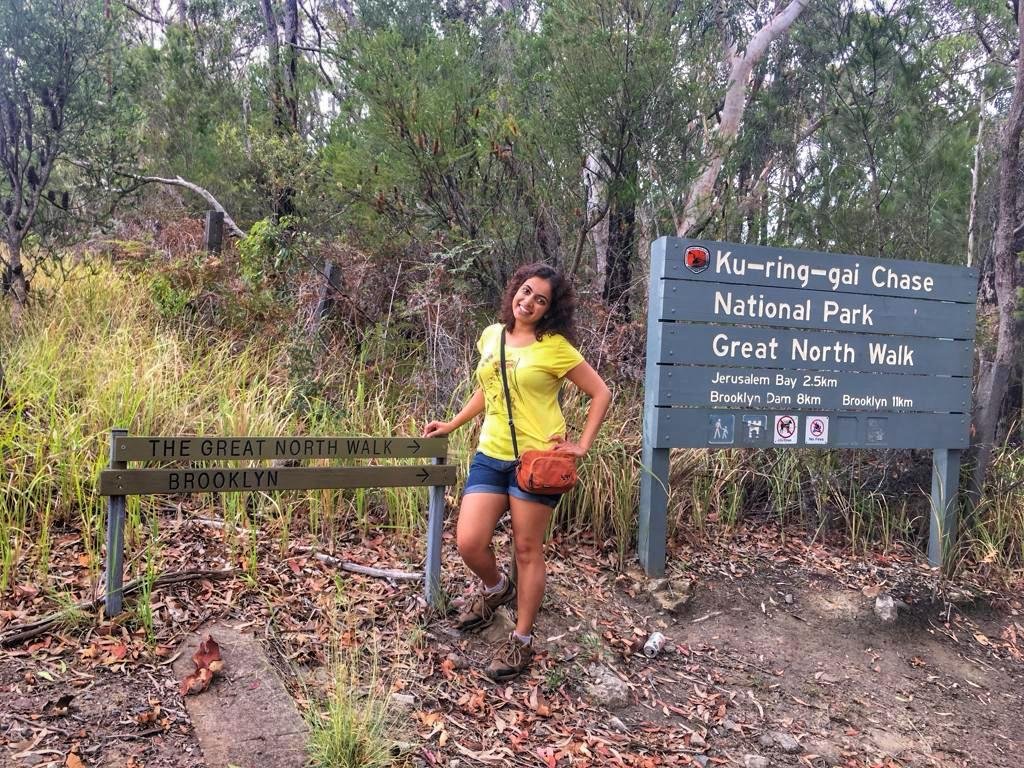
The trail can typically be completed in about 14 to 16 days if walking the entire distance, depending on your pace and daily hiking duration. For those who prefer a shorter adventure, many only explore specific trail segments. The sections within Sydney and its surrounding areas are trendy among local hiking groups, allowing walkers to enjoy beautiful vistas and varied terrain without committing to the entire length.
If you’re pressed for time, a good strategy is to divide these walks into smaller segments and complete them over weekends. This way, you can enjoy the trail more easily while experiencing its highlights. Breaking it up allows for a more flexible approach and makes the walk more accessible if you can’t commit to a full multi-day trek.
Highlights of the Great North Walk include scenic viewpoints, historical landmarks, and serene natural settings. The trail’s diverse scenery ensures that every stretch offers something unique, from coastal views to lush forest environments. The Great North Walk provides a range of options to suit different interests and fitness levels.
The Great North Walk Statistics
- Total Length: 250 kilometres (155 miles).
- Starting Point: Macquarie Place Park, Sydney.
- Ending Point: Newcastle.
- Duration: 14 to 16 days of full hike.
Breakdown of the Great North Walk Trail
Here’s a detailed breakdown of the Great North Walk Trail:
1. Sydney to Brooklyn (Approx. 42 kilometres)
- Highlights: This section features the urban start from Sydney, transitioning into bushland and scenic views as you approach the Hawkesbury River. Notable spots include the Lane Cove National Park and the beautiful waterfront at Brooklyn.
- Terrain: Urban paths, bushland, and river views.
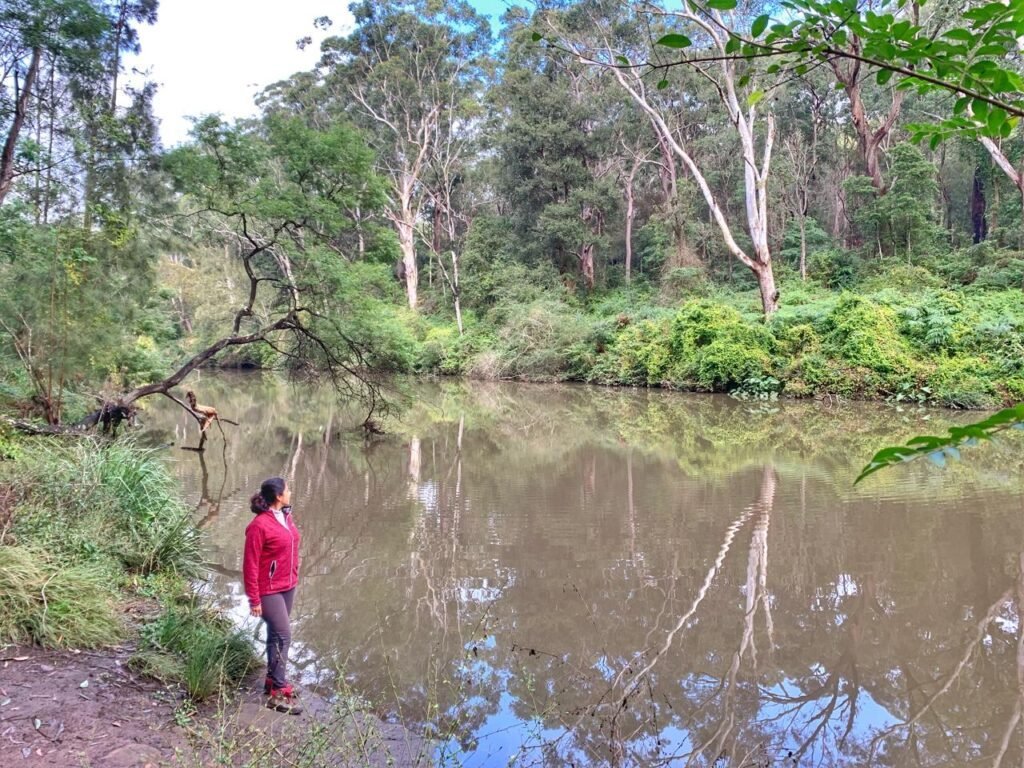
2. Brooklyn to Cowan (Approx. 34 kilometres)
- Highlights: The trail continues through rugged bushland and offers stunning views of the Hawkesbury River. Key attractions include the Berowra Valley Regional Park and Cowan Creek.
- Terrain: Steep climbs, forested paths, and river views.
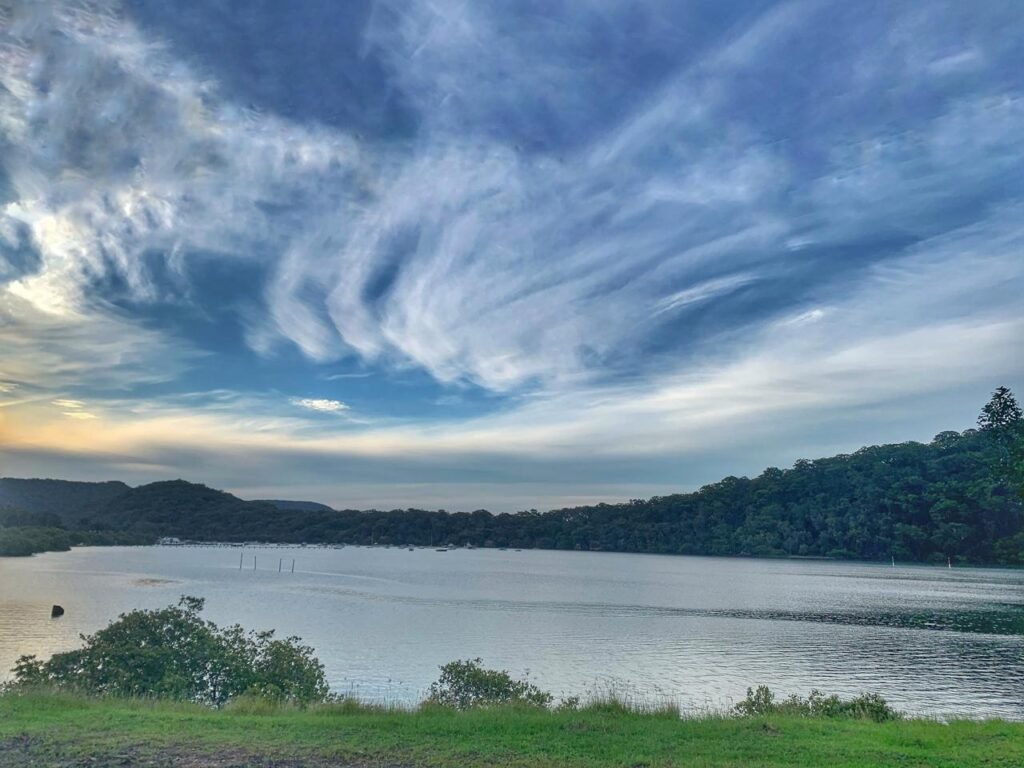
3. Cowan to Hornsby (Approx. 27 kilometres)
- Highlights: This section traverses the Ku-ring-gai Chase National Park, providing expansive bushland views and historical sites like the Aboriginal rock engravings.
- Terrain: Forest paths, some steep sections, and river crossings.
4. Hornsby to Mount Kuring-gai (Approx. 24 kilometres)
- Highlights: Walk through the tranquil bushland of the Garigal National Park, enjoying serene forest walks and occasional creek crossings.
- Terrain: Forested trails with occasional creek crossings.
5. Mount Kuring-gai to Cowan Creek (Approx. 22 kilometres)
- Highlights: This stretch includes scenic views of the Berowra Valley and Cowan Creek. It’s known for its natural beauty and relatively challenging terrain.
- Terrain: Rugged bushland and creek crossings.
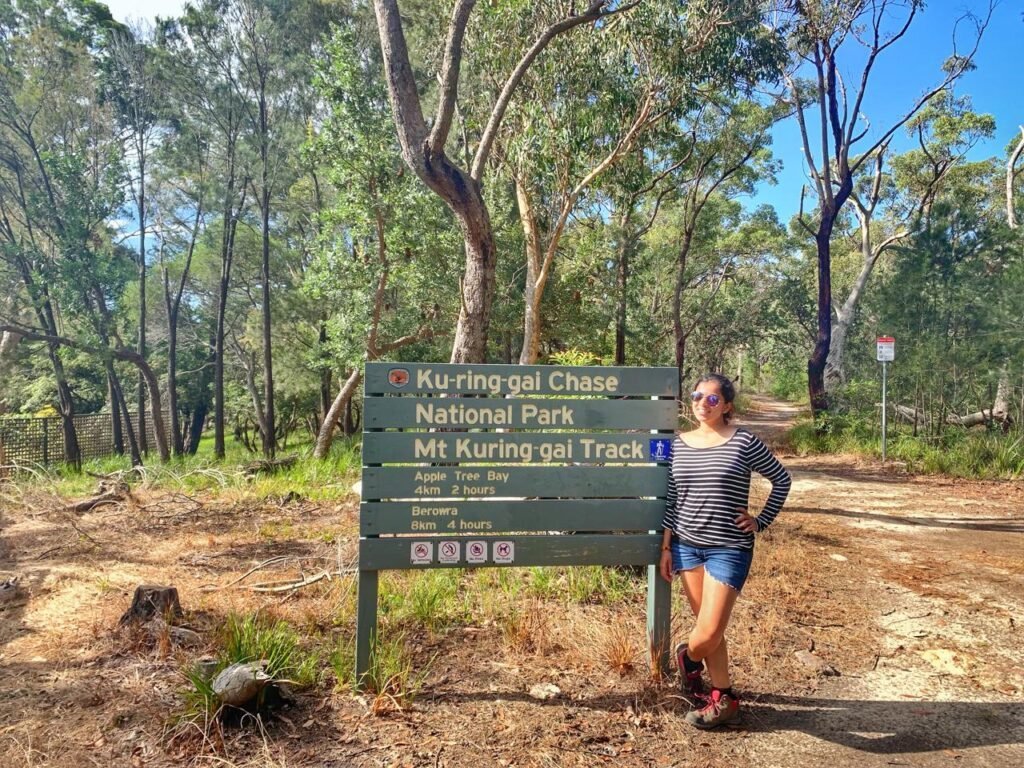
6. Cowan Creek to Brooklyn (Approx. 28 kilometres)
- Highlights: This return section mirrors the initial journey from Brooklyn, offering familiar views of the Hawkesbury River and surrounding bushland.
- Terrain: Similar to the first section, which has river views and bushland,
7. Brooklyn to Newcastle (Approx. 90 kilometres)
- Highlights: The final stretch takes you through the Central Coast, featuring coastal views and national parks. Key highlights include the beautiful beaches and coastal landscapes as you approach Newcastle.
- Terrain: Coastal paths, beaches, and forested areas.
I’ve been tackling a shorter section of the Great North Walk, covering about 75 kilometres through the Lane Cove and Berowra River Valleys. This part of the trail offers beautiful views and varied terrain.
Planning Your Hike
Planning your hike carefully will help ensure a safe and enjoyable experience on the Great North Walk. Preparation is key to making the most of this iconic adventure.
1. Trail Research
- Route Planning: Decide whether you’ll hike the entire Great North Walk or just specific sections. Familiarise yourself with the trail’s segments and choose the ones that best match your experience level and interests.
- Maps and Guides: Obtain detailed maps, trail guides, or GPS devices. These will be invaluable for navigation, especially in remote areas.
2. Gear and Equipment
- Footwear: Invest in sturdy hiking boots with good ankle support. Comfortable shoes are crucial, especially for the longer, more rugged sections.
- Backpack: Choose a backpack that fits your essentials without being too heavy. For multi-day hikes, ensure it’s spacious enough to hold your gear, food, and water. A tip I’ve picked up over the years is to pack your bag, then go through it again to remove anything unnecessary—this helps lighten your load and ensures you’re only carrying what you really need.
- Clothing: Dress in layers to adapt to changing weather conditions. Lightweight, dry-fit, moisture-wicking materials and a rain jacket and cap are ideal.
- Camping Gear: If you plan on camping along the trail, bring a lightweight tent, sleeping bag, and cooking equipment.
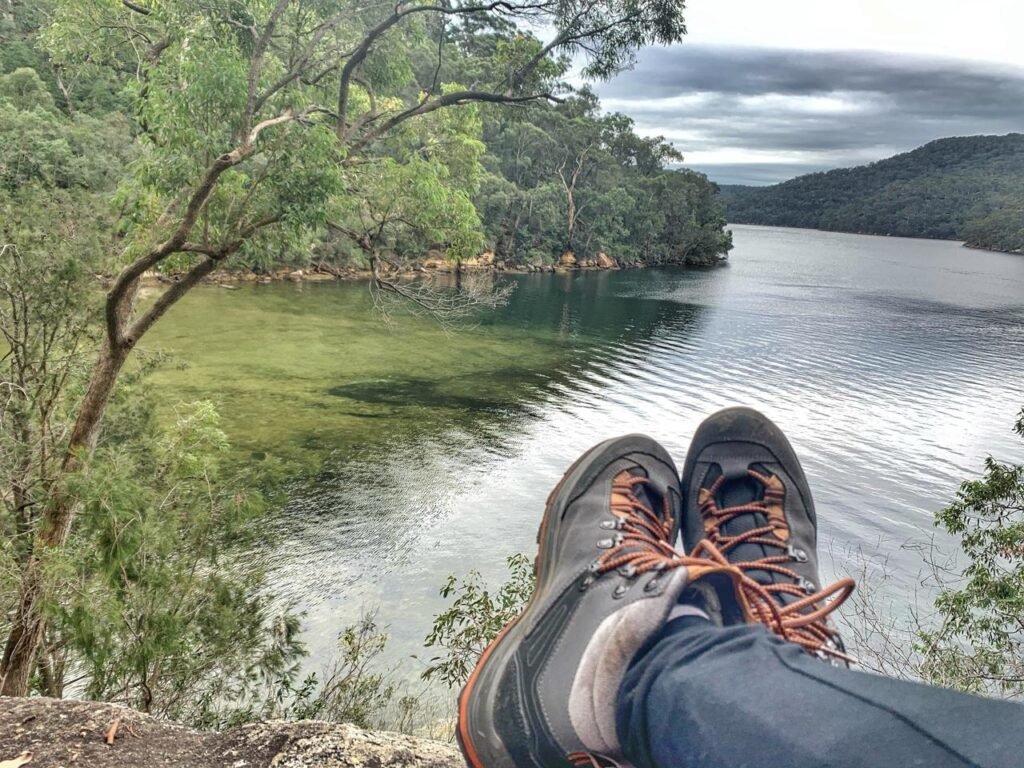
3. Food and Water
- Water Supply: Carry enough daily water and plan refills at known water sources. Consider using a water filter or purification tablets for river or creek water.
- Food: Pack high-energy, non-perishable food items like trail mix, energy bars, and dehydrated meals. Plan meals ahead of time to ensure you have enough calories for the hike.
4. Accommodation
- Camping: There are designated campsites along the trail, some with basic facilities like toilets and picnic tables. Research and plan your overnight stops accordingly.
- Lodges and Hotels: You may find lodges or hotels in some sections, particularly near towns. This can be a more comfortable option if you prefer not to camp.
5. Weather and Timing
- Best Time to Hike: The best time to hike the Great North Walk is during the cooler months, from April to October. The weather is more predictable, and temperatures are milder.
- Weather Monitoring: Check the weather forecast before you set out and be prepared for sudden changes, especially in the bushland and coastal areas.
6. Safety Considerations
- Navigation: Carry a map, compass, or GPS device and know how to use them. Ensure you have a charged phone for emergencies, though coverage may be limited in remote areas.
- First Aid: Pack a basic first aid kit with essentials like bandages, antiseptic wipes, pain relievers, and any personal medications.
- Emergency Plan: Let someone know your planned route and expected return time. This information could be crucial in an emergency.
Download the Emergency Plus app on your mobile phone. In unforeseen situations, you can share your exact coordinates and location with the emergency services or friends/family.
7. Permits and Regulations
- Permits: Some sections of the Great North Walk may require permits, especially if camping. Check local regulations and obtain any necessary permits before you start.
- Leave No Trace: Follow the Leave No Trace principles by packing out all your trash, respecting wildlife, and staying on marked trails to protect the environment.
Best Time to do the Great North Walk
The best time to do the Great North Walk is during the cooler months, from April to October. During this period, the weather is generally more stable, with mild temperatures and less humidity, making it ideal for long-distance hiking. The cooler conditions are also more comfortable for carrying a backpack and walking through varied terrains, from coastal paths to bushland.
In contrast, the summer months (November to March) can be hot and humid, increasing the risk of heat exhaustion and dehydration, particularly in more exposed sections of the trail. Summer is also the bushfire season in Australia, which can lead to trail closures and dangerous conditions.
Autumn and spring are enjoyable hiking seasons, with cool mornings and warm afternoons. The natural surroundings are vibrant, with blooming wildflowers and more active wildlife. Planning your hike during these months will ensure a safer and more enjoyable experience.
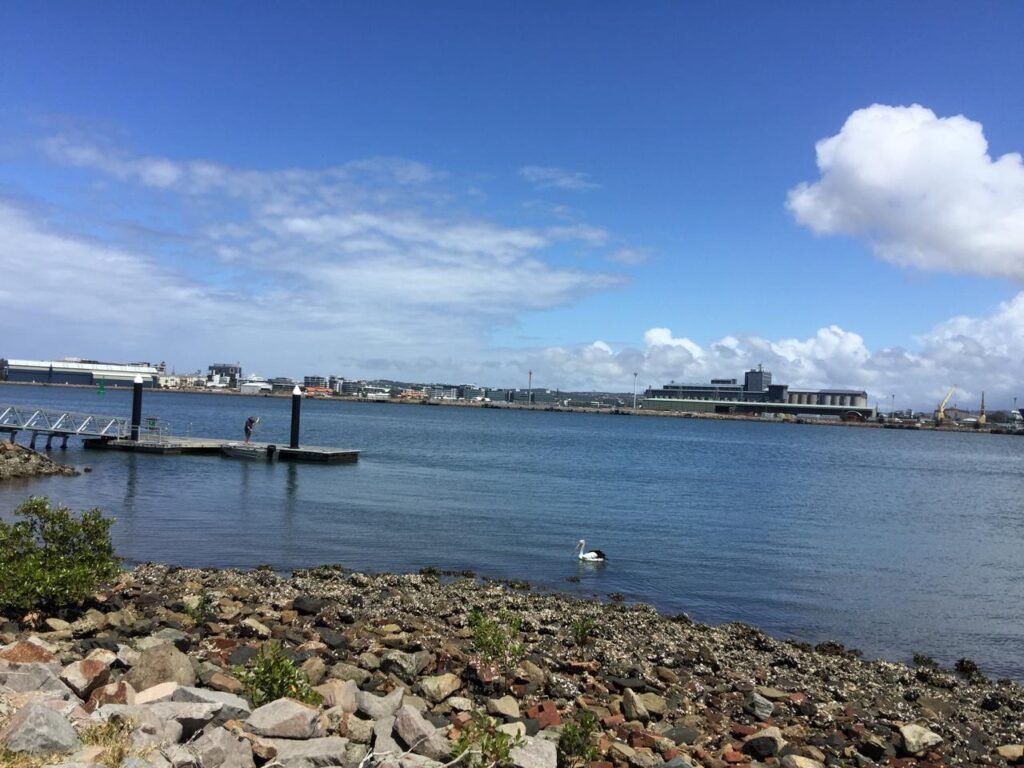
What to Expect from the Great North Walk?
The Great North Walk offers a diverse and rewarding hiking experience showcasing New South Wales’s natural beauty. Here’s what you can expect:
- Varied Terrain—The trail passes through various landscapes, including urban paths, dense bushland, coastal cliffs, and river valleys. You’ll encounter everything from well-maintained trails to rugged, challenging sections with steep climbs and descents.
- Scenic Views – Expect stunning vistas throughout the hike. The walk features breathtaking views of the Sydney skyline, Hawkesbury River, and Newcastle’s coastline. You’ll also find serene forested areas and tranquil creeks along the way.
- Wildlife and Flora – The trail is rich in native wildlife and plant life. You might spot kangaroos, wallabies, and a variety of bird species. The flora changes with the landscape, from coastal heathlands to eucalyptus forests, with seasonal wildflowers adding vibrant colours.
- Cultural and Historical Sites – The Great North Walk is steeped in history. Along the trail, you’ll find Aboriginal rock carvings, historical sites, and remnants of early colonial settlements. These cultural landmarks offer a deeper connection to the land you’re walking through.
- Physical and Mental Challenge – The walk is physically demanding, especially if you’re tackling the entire 250-kilometre route. Be prepared for long days of hiking with varying levels of difficulty. The sense of accomplishment upon completing each section is gratifying.
- Community and Camaraderie—Many hikers undertake sections of the Great North Walk as part of a group or meet fellow walkers. This shared experience fosters a sense of camaraderie and community among those who embark on this journey.
- Trail Facilities – While some parts of the trail pass through towns with facilities like shops and accommodation, other sections are remote, requiring careful planning for food, water, and camping. Designated campsites along the trail offer basic amenities, but hikers should be prepared for self-sufficiency in many areas.
Tips for Hikers
1. Prepare Thoroughly
- Research the Trail: Familiarize yourself with the sections you plan to hike. Study maps, read guides, and understand the terrain, distances, and elevation changes.
- Physical Conditioning: Build your stamina and fitness level before starting the hike. The Great North Walk has challenging sections, so being in good physical shape is important.
2. Pack Smart
- Lighten Your Load: Pack only what you need. Choose lightweight gear, and carefully consider each item. A useful tip is to pack, then re-pack, removing non-essential items to reduce your load.
- Essentials: Bring a map, compass, GPS device, first aid kit, and enough food and water. Don’t forget a headlamp, sunscreen, insect repellent, and a multi-tool.
3. Stay Safe
- Navigation: Always carry a map and know how to use it. GPS devices are helpful but don’t rely solely on them. Mobile phone coverage can be limited, so plan accordingly.
- Emergency Plan: Let someone know your itinerary and expected return. Carry a whistle, and know how to signal for help if needed.
4. Pace Yourself
- Start Early: Begin your hike early to avoid the midday heat and ensure you have enough daylight to reach your destination.
- Rest Regularly: Take breaks to rest, hydrate, and refuel. Listen to your body, and don’t push beyond your limits, especially on steep or rough terrain.
5. Respect the Environment
- Leave No Trace: Pack out all trash, stay on marked trails, and avoid disturbing wildlife. Practice responsible hiking to help preserve the trail’s natural beauty.
- Camp Responsibly: Use designated campsites and avoid camping near water sources to protect local ecosystems.
6. Weather Awareness
- Check the Forecast: Monitor the weather before and during your hike. Be prepared for sudden changes, especially in remote or exposed areas.
- Dress for Conditions: Layer your clothing to adapt to changing temperatures. Bring a waterproof jacket and wear a hat for sun protection.
7. Water Management
- Hydrate Often: Carry enough water for each day and know where to refill. Water sources may be scarce in some areas, so plan your water stops in advance.
- Purify Water: If you need to refill from natural sources, bring a water filter or purification tablets to ensure the water is safe to drink.
8. Enjoy the Journey
- Appreciate the Scenery: Enjoy the beautiful landscapes, wildlife, and cultural sites along the way. The Great North Walk is as much about the journey as the destination.
- Connect with Fellow Hikers: Share experiences with other hikers you meet along the trail. The camaraderie adds to the enjoyment of the hike.

The Great North Walk – FAQ
Q: How long is the Great North trail?
The Great North Walk is approximately 250 kilometres (155 miles) long. It stretches from Sydney to Newcastle, passing through various landscapes, including coastal areas, bushland, and river valleys. The trail can typically be completed in 12 to 14 days if hiking the entire distance, but it can also be broken down into shorter sections for day hikes or weekend trips.
Q: How long does it take to complete the Great North Walk?
Completing the entire Great North Walk typically takes around 14 to 16 days, depending on your pace and daily hiking hours. This estimate assumes an average of 18 to 22 kilometres per day. Some hikers may take longer if they prefer a more leisurely pace or spend extra time exploring specific sections.
If you plan to hike only portions of the trail, the time required will vary based on the segment. Many hikers break the walk into shorter sections, completing them over several weekends or day trips.
Q: Where to start the Great North Walk?
The Great North Walk traditionally starts at Macquarie Place Park in Sydney‘s Central Business District (CBD). This small park near Circular Quay is the trail’s official starting point. The walk leads northward from here, passing through various suburbs, national parks, and natural reserves as it heads toward Newcastle.
If you’re planning to start the walk from a different section, popular alternative starting points include:
- Lane Cove National Park: For those who want to skip the urban sections and begin in a more natural setting.
- Berowra: A convenient starting point for hikers looking to experience the bushland and river valleys.
- Brooklyn: Ideal if you want to explore the middle sections of the walk, offering a mix of water views and forest trails.
These starting points allow flexibility, depending on how much trail you want to tackle and the type of scenery you’re most interested in.
Closing Notes
The Great North Walk is incredible, offering everything from challenging terrain to stunning views and a deep connection with nature. The experience is one you won’t forget. I encourage you to lace up your hiking boots, pack your essentials and hit the trail. The adventure is out there waiting for you, and every step brings something new and exciting. If this article has inspired you, I’d love to hear about your plans or experiences—feel free to share them by emailing at LetsTravelSydney@gmail.com. Let’s keep the adventure going!
How Can You Support Me?
You know I love coffee, so you can buy me a coffee – Buy Me Coffee!
If you enjoyed reading this article, please comment, share, and tweet so others can enjoy it.
Do you have any questions or suggestions? Or do you want to chat? You can write to me at LetsTravelSydney@gmail.com.
PIN for later reference – How Long Is the Great North Walk?



